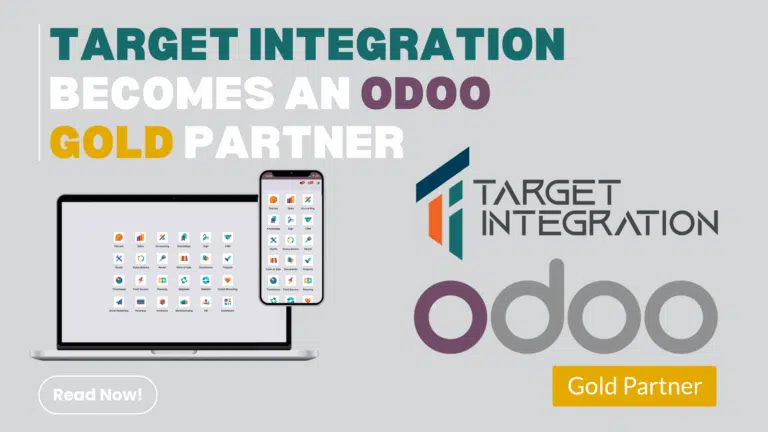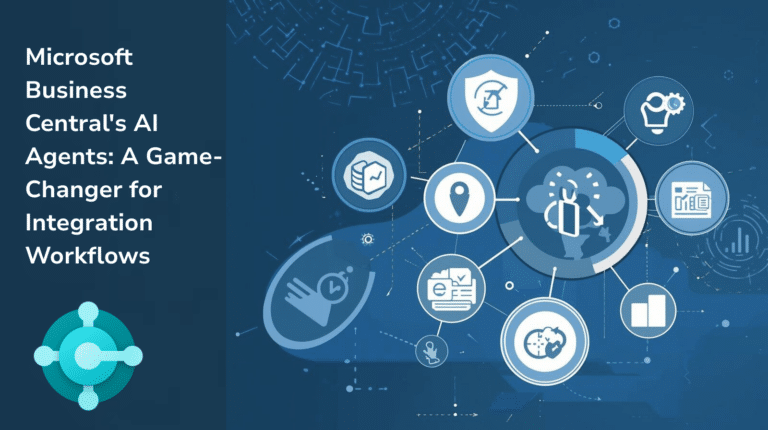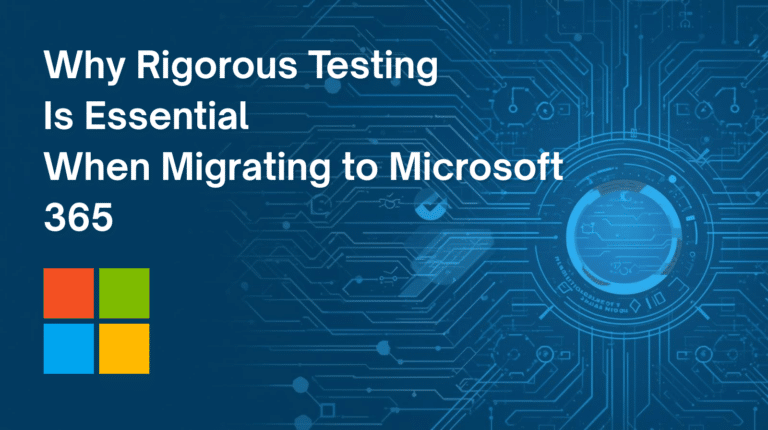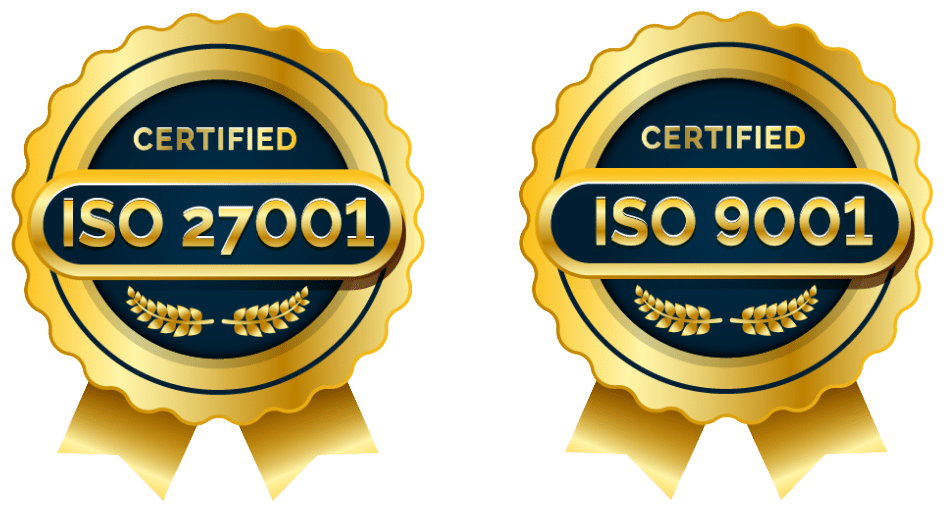Introduction
With Microsoft Dynamics GP approaching its end of support, businesses must confront a critical decision: migrate to a modern solution or risk exposure to security vulnerabilities, higher maintenance costs, and outdated functionality. In today’s fast-paced digital landscape, relying on unsupported software can hinder growth and operational efficiency. This blog explores why migrating is essential and provides a detailed comparison of five leading alternatives to help you choose the right solution for your business.
Why Migrate from Microsoft Dynamics GP?
Running an unsupported system like Dynamics GP can expose your organisation to:
- Security Risks: Without regular updates and patches, your data and systems are vulnerable.
- Operational Inefficiencies: Outdated software can slow down processes and reduce productivity.
- Competitive Disadvantage: Modern businesses demand agile and integrated solutions that support growth and scalability.
Migrating to a contemporary ERP/CRM platform is not just about keeping up with technology—it’s a strategic move that can enhance efficiency, drive cost savings, and provide a competitive edge.
Alternative Solutions
Overview:
Odoo is an all-in-one business management suite that integrates CRM, ERP, accounting, inventory, and automation tools into one modular platform. Its flexibility allows businesses to add features as they grow without the need to switch systems.
Pros:
- Highly modular and customizable
- Cost-effective with a low total cost of ownership
- Scalable for growing businesses
Cons:
- May require expert implementation for complex customizations
- Support quality can vary depending on the partner
______________________________________________________________________________________________________________________________________
Overview:
Microsoft Business Central is a comprehensive ERP solution that seamlessly integrates with the Microsoft ecosystem, including Office 365 and Azure. It offers robust financial management, supply chain automation, and operational insights in an intuitive environment.
Visit Microsoft Business Central
Pros:
- Strong integration with Microsoft tools
- Familiar interface for existing Microsoft users
- Scalable for mid-sized businesses
Cons:
- Licensing and pricing structures can be complex
- Best suited for organisations already invested in the Microsoft ecosystem
______________________________________________________________________________________________________________________________________
Overview:
SAP Business One is a robust ERP system designed for small to mid-sized enterprises. It offers comprehensive features for financial management, inventory control, and operational reporting, making it a powerful tool for businesses seeking in-depth functionality.
Pros:
- Comprehensive functionality and powerful analytics
- Strong global reputation and support
- Extensive training and customization options
Cons:
- Higher cost compared to other alternatives
- Implementation can be resource-intensive and complex
______________________________________________________________________________________________________________________________________
Overview:
Oracle NetSuite is a cloud-based ERP solution renowned for its extensive features and global capabilities. It provides end-to-end business management with real-time dashboards and robust reporting tools, making it ideal for larger enterprises.
Pros:
- Comprehensive, scalable solution with advanced features
- Excellent global support and customization options
- Real-time analytics for informed decision-making
Cons:
- High price point may be prohibitive for cost-sensitive businesses
- Complexity of implementation makes it best suited for larger organisations
______________________________________________________________________________________________________________________________________
Overview:
Acumatica is a flexible, cloud-based ERP solution designed for growth-oriented mid-sized businesses. Covering financials, distribution, project accounting, and CRM functionalities, Acumatica offers a modern, scalable platform at a competitive price.
Pros:
- Cloud-first approach with flexible deployment options
- Transparent and competitive pricing
- Scalable solution that adapts as your business grows
Cons:
- Smaller market presence compared to legacy systems
- Support and partner network may be less extensive in some regions
Comparison Summary
When choosing a replacement for Microsoft Dynamics GP, consider:
- Features: Each solution provides robust functionality. Odoo offers modular customization, while Business Central integrates seamlessly with Microsoft tools. SAP Business One and Oracle NetSuite offer deep functionality but at a higher cost, and Acumatica delivers modern cloud capabilities at a competitive price.
- Pricing: Odoo, Business Central, and Acumatica generally offer more cost-effective solutions, whereas SAP Business One and Oracle NetSuite are premium options.
- Suitability: Your choice should align with your organisation’s size, industry requirements, and existing technology ecosystem.
Conclusion
The end of support for Microsoft Dynamics GP is a pivotal moment for businesses. Migrating to a modern ERP/CRM system not only mitigates risk but also unlocks opportunities for efficiency, cost savings, and competitive growth.
At Target Integration, we specialise in guiding organisations through this digital transformation journey. Whether you choose Odoo, Microsoft Business Central, SAP Business One, Oracle NetSuite, or Acumatica, we can help tailor the perfect solution for your needs.
🚀 Ready to transform your business? Contact Target Integration today to start your migration journey with confidence.







